The golden grey mullet is a less common member of the mullet family, but one that’s becoming ever more popular. For its size it fights well, and it’s also a species that responds best to alternative forms of fishing rather than just standard ledger fishing.
They are a typical mullet shape, but have a giveaway golden spot on the upper rear of the gill cover that is also visible in clear water. They range in size up to around 3lbs, but the general size of fish is between 8ozs and 2lbs.
They are found inside the English Channel and are pushing further round the Kent coast as the seas warm more. They are most common in Hampshire, Dorset, Devon and Cornwall, the Channel Islands, and in Wales show from selected South Wales beaches and as far north as the northern sector of Cardigan Bay. In Ireland, they frequent mainly the Cork coast and south Kerry.
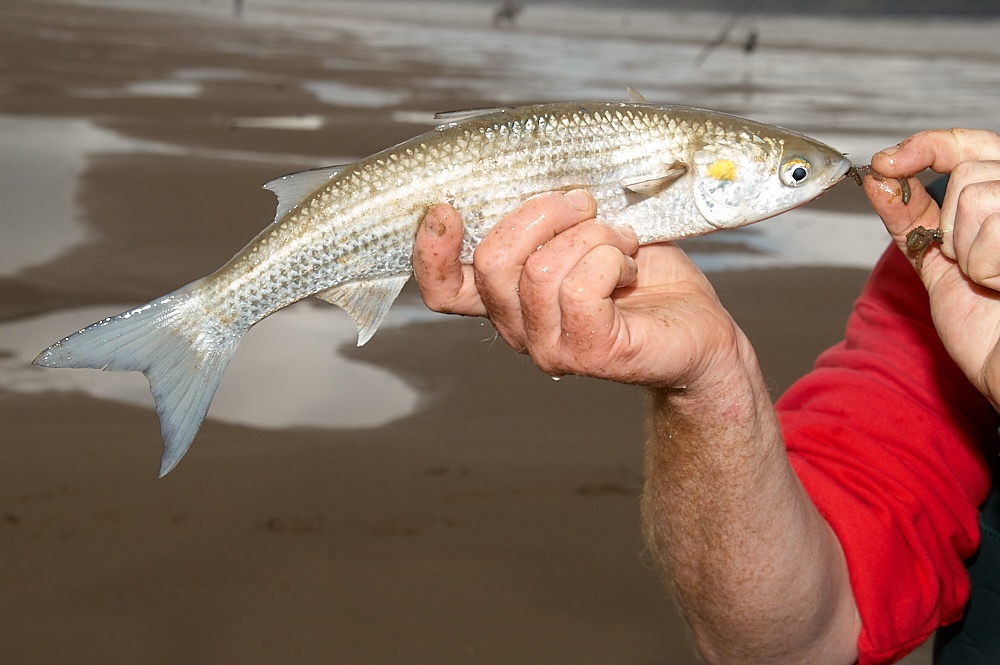
Season
They are a late arrival, generally showing from early July through to September, though in the south, if the winter is mild and the spring warm, they can appear in June. If the weather turns rough in early September, they will quickly leave, but if the weather is warm and stays settled, they can stay right through to the end of the month. The Channel Islands season and its milder climate sees that season extend into late October or November.
Habitat
They frequent shallow sandy surf beaches, especially ones that have an estuary as part of their topography. They enter estuaries willingly and will work far upriver to feed in the shallow salt marsh lakes and pools. They can also be found in southern and western harbours.
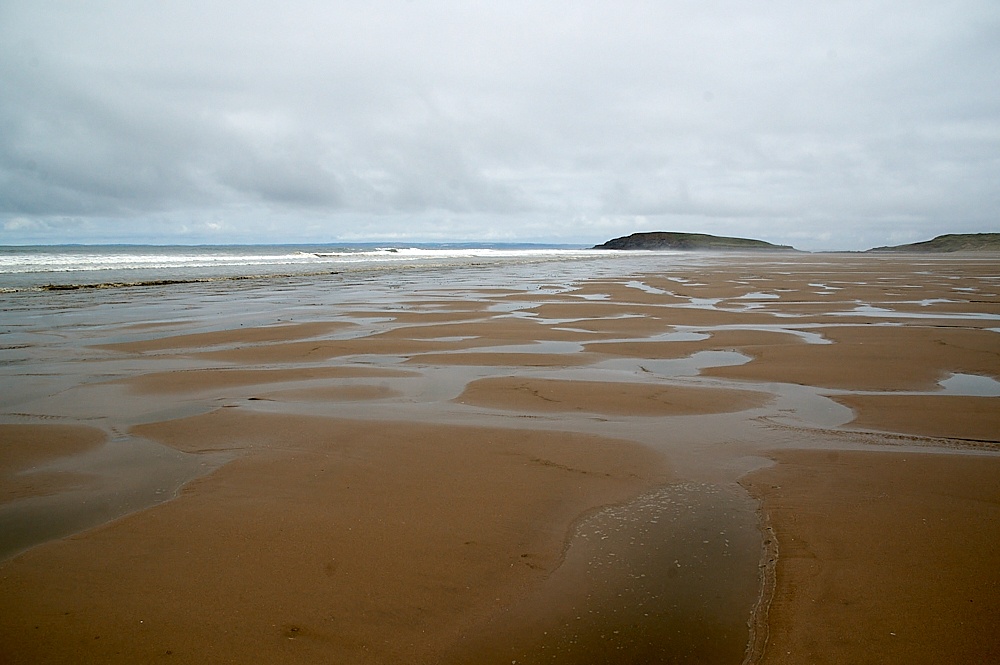
On surf beaches, they can often be seen in small shoals, working the very edge of the surf line in just a few inches of water. These groups of fish will range along the whole length of the beach, intermittently working the ground fully.
Inside estuaries, they will follow the flood tide in holding up in small pools, then spreading into the salt marsh creeks and lakes.
Tides and Weather
In all cases, the middle-sized tides and the peak spring tides tend to offer the best fishing. The smaller tides can produce a few fish on the beaches, and inside the deeper estuaries, but the fishing is way less consistent.
They will push in with the first of the flooding tide and feed as they go. It’s important to follow the fish in. Don’t stay in one position or your fishing will be very limited time wise. They then filter into the creeks and the salt marsh pools and will hold here to high water, but as soon as they feel the ebb begin, they make a quick exit and drop back to the open sea.
In all cases, the best conditions are flat calm, warm, and prolonged settled spells with no rain. They can be caught in bright daylight, but generally more overcast conditions will see the better catches. Light surf conditions are needed. Any disturbed sediment in the water will push the fish out away from the surf. They do not feed in darkness, but can be very active at dusk and dawn.
Tackle
The soft tipped multi-section mullet rods around 12ft able to cast 2-4ozs are ideal for golden grey mullet, such as the Banzai Mullet Rod. Add a fixed spool reel capable of holding around 250/300yds of 20lb (9.07 kg) X8 Power Braid, such as the Tronixpro Virtuoso 5000 reel, and it’s the ideal outfit.
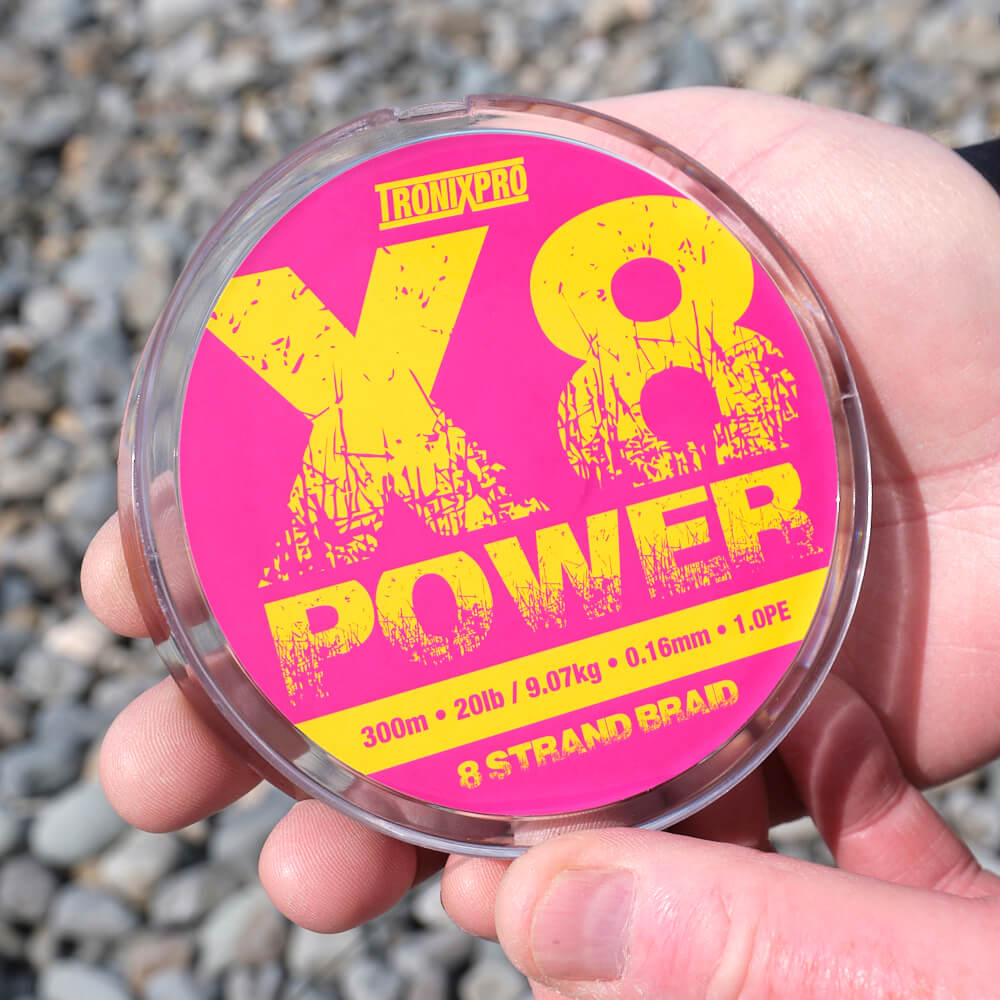
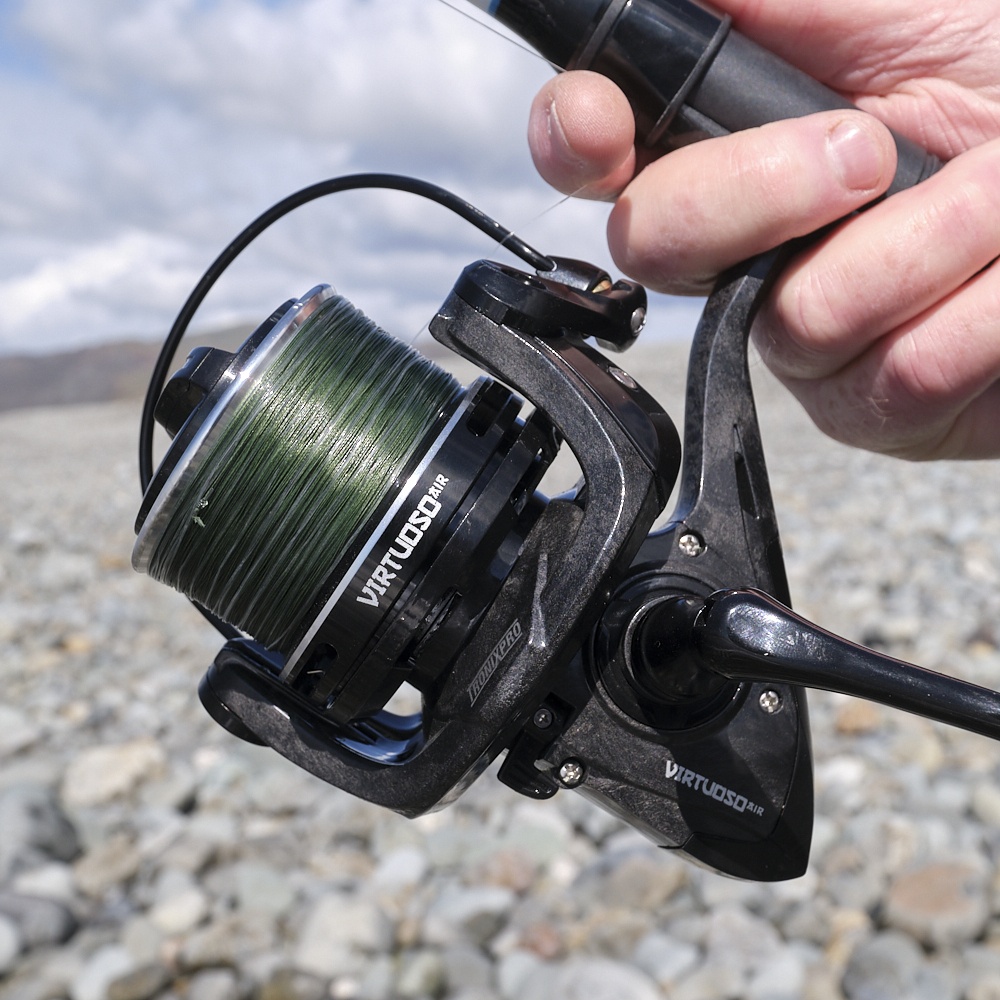
You can ledger fish in the edge of the surf using a simple sliding ledger rig. Add a short 6ft section of 20lb (9.07 kg) Axia Fluorocarbon to the end of the braid. This is to visually hide the braid from the fish. Now slide onto the Fluorocarbon a size 2 Tronixpro Safety Snap Swivel followed by a 5mm Tronixpro Black Bead. Tie on a size 8 Rolling Swivel. To the swivel, add 24-inches of 6lb (2.72 kg) Axia Fluorocarbon and a size 6 to 8 Tronixpro Wormer hook. This set up allows the bait to flutter around in the tide and being a light hook length gives a natural presentation. Keep lead weights as light as possible, and ideally no bigger than an ounce.
One of the best tactics is to slide on to the Fluorocarbon a clear in-line Bubble Float that, with water added, has enough weight to cast 50yds. To the tag end of the Fluorocarbon sight leader, tie on a size 6 rolling swivel. Add 36-inches of 6lb (2.72 kg) Fluorocarbon hook length. On to this slide on a white or pearl coloured plastic spinner blade (Tronixpro Blades or Spinner Blades) with a clevis pin to allow it to spin freely, followed by three 3mm Tronixpro Pearl Beads, then tie on a size 10 rolling swivel. Add another 6-inches of the 6lb (2.72 kg) Fluorocarbon and tie on a size 6 to 8 hook. This is a brilliant way to take golden grey mullet in both the surf and in the salt marsh lagoons over high water.
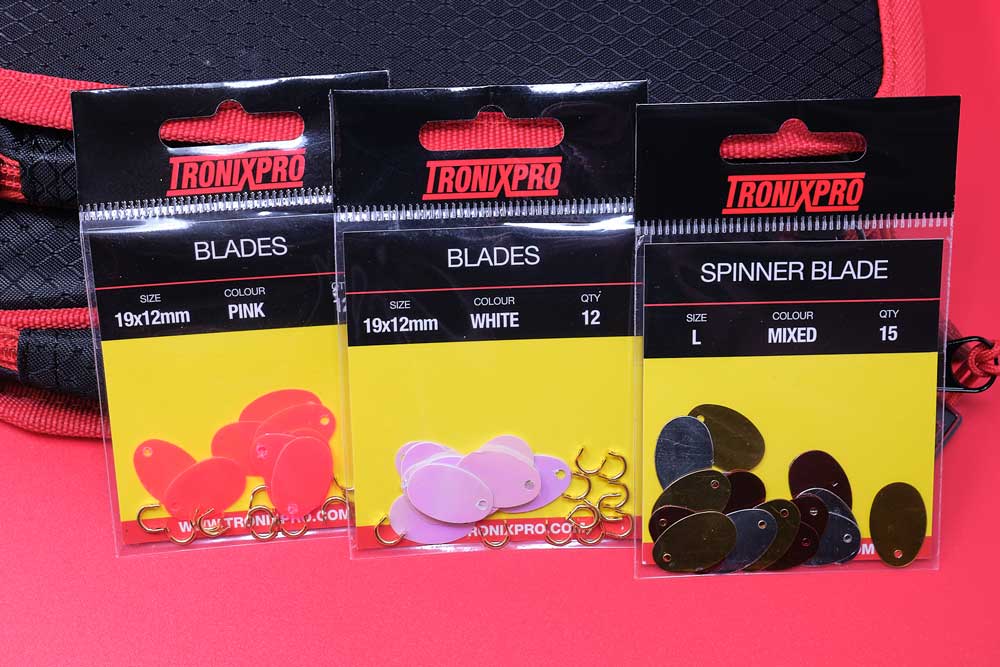
Another good tactic is to tie on a small chrome spinner an ounce or less in weight with the treble hook removed. Add a small swivel to the spinners split ring and tie on 10-inches of 6lb (2.72 kg) Fluorocarbon and tie on a size 8 Tronixpro T67 Aji Ring hook. This, worked slowly through the surf, can take a lot of fish, especially in water that is slightly cloudy in composition. Ideal spinners and attractors are the Axia Bass Wedge and Axi Tobi Lure.
Baits
Maddie, also called harbour rag, are brilliant for golden grey mullet. Nick two or three worms by the head only onto the hook, leaving the tails to wriggle freely. Small very thin strips of mackerel or sandeel fillet, or small strips of white squid can sometimes work but are hit and miss baits. Pass the hook once through the very end of the strip to make it work on the retrieve and look natural.
In the salt marsh pools and lakes, they will occasionally take small bits of floating bread if in direct competition with grey mullet.
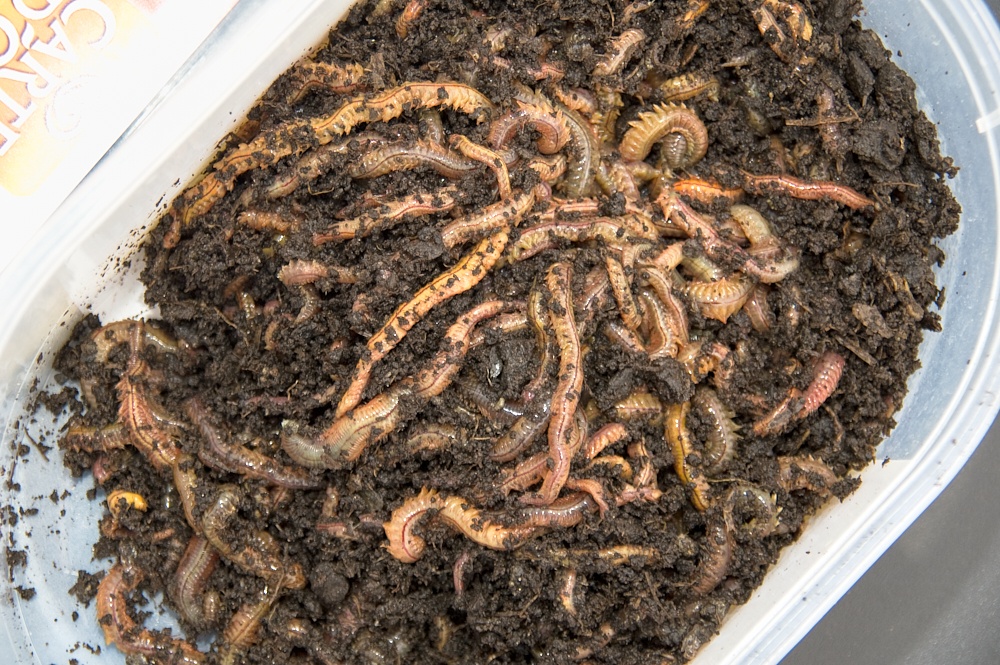
Method
When ledger fishing in the surf, flick the lead and baited hook out no more than 20 to 25yds and leave it to sit there a few minutes. Look for dimpling or agitation on the water’s surface as the shoal moves through the surf line, then gently retrieve the baited hook at a very slow pace, occasionally leaving it to fall and move freely. Just single twitches of the rod tip by a couple of inches can also work. Bites are quick rattles but wait until the rod tip pulls round, which indicates the fish has the bait in its mouth.
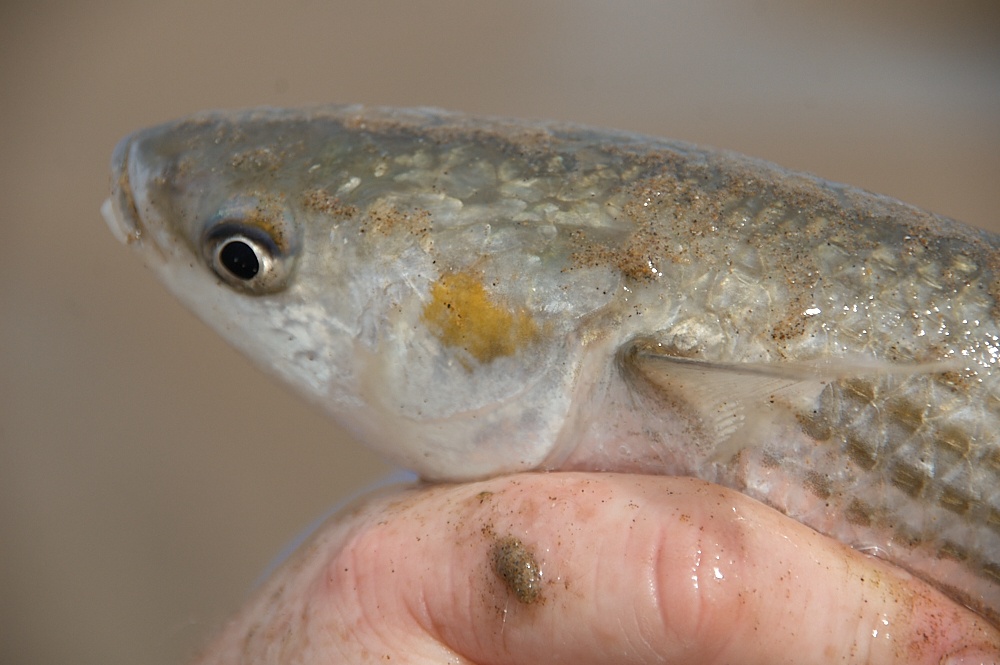
Fish the spinner blade by casting out beyond the surf tables, then slowly retrieving it. Just slow enough to make the blade work, which you can usually feel as it rotates. Bites are felt as a series of light plucks, but again, keep retrieving, don’t stop. The taps and plucks are the fish nipping at the tails of the worm. The rod tip will pull round when the fish fully takes the bait. If you don’t get bites with two or three worms attached to the hook, drop down to just one worm, which will often make the difference. This cast and retrieve method also works well inside the salt marsh creeks and pools.
When using the spinners, cast out and let the spinner sink to the seabed. Tighten the line until you feel the weight of the lure, now lift the rod tip up a few inches to just lift and move the bait up and off the sand, then drop it back. This creates little puffs of sand, plus the chrome on the spinner reflects little flashes of light attracting the golden grey mullet, which then see and take the bait. This is a deadly method when done right!
Resist the urge to wade. This will just force the fish out further. Stay on the dry sand well back from the tide line and kneel if you see an obvious sign of the shoal coming through. They are easy to see in the water, but also swirl on the surface occasionally to give their position away. If you see them, try a side cast well in front of them and let them come across the bait naturally themselves.
If the fish are not coming in front of you regularly, then make sure you have minimal tackle with you and walk along the surf, casting as you go. Sometimes, they work a selected area and do not range far along the surf line if food is more easily available in one specific area. This more mobile approach will see you eventually come across feeding fish.


